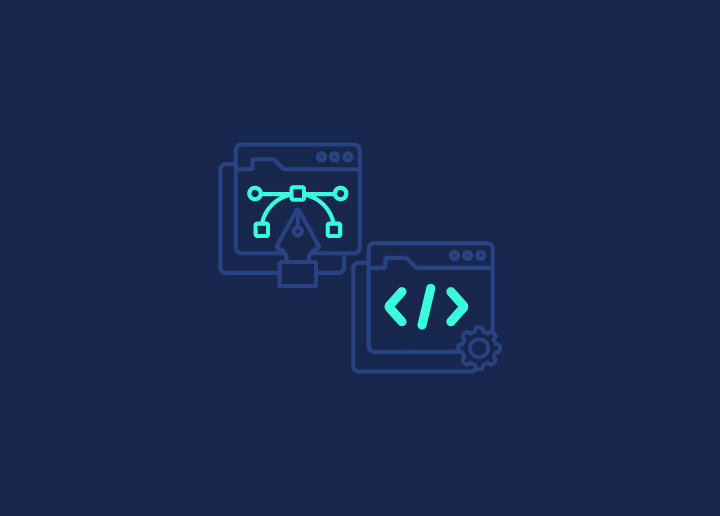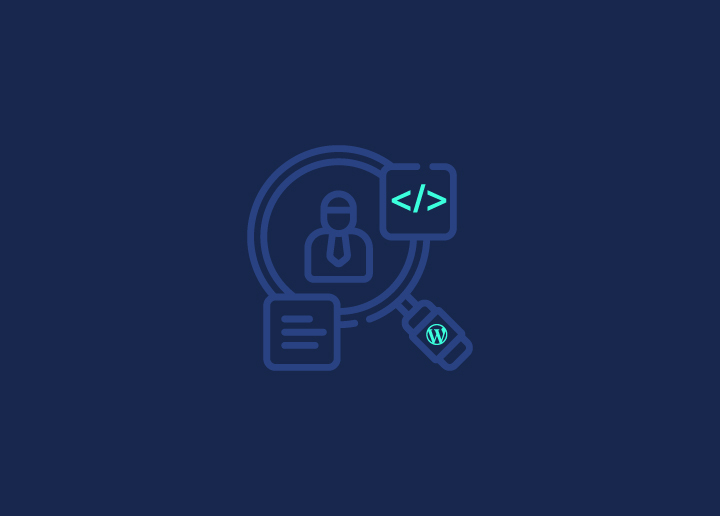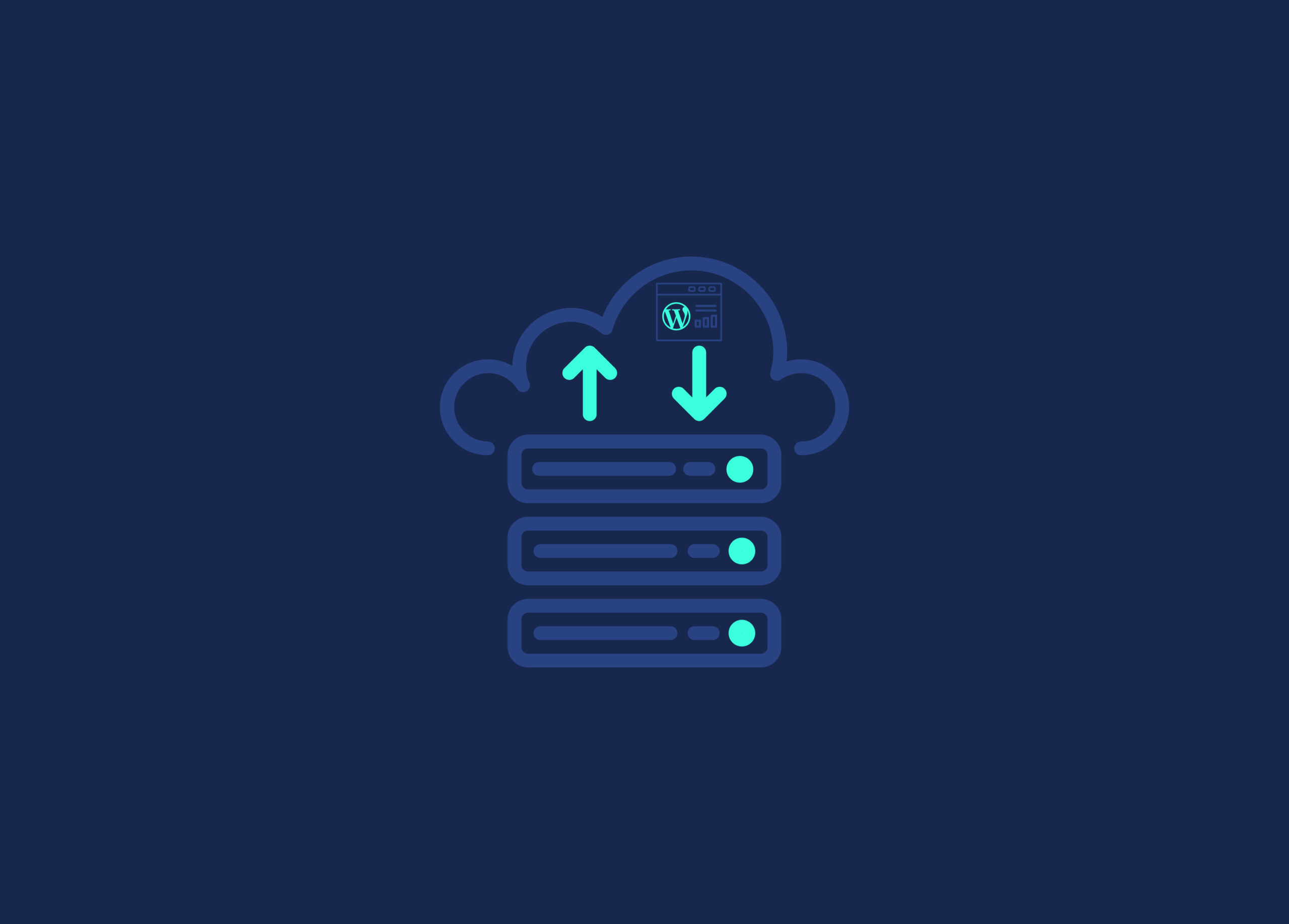Since a website serves as a virtual storefront for businesses, understanding the distinctive responsibilities of web designers and developers in creating a website is essential. This artcile aims to unravel the mystery surrounding the roles of web designers and web developers, shedding light on their skill sets and collaborative efforts that converge to shape the websites we navigate daily. So, let’s explore the nuanced world where creativity meets coding and aesthetics harmonize with functionality.
Contents
ToggleWeb Designers
Web designers are the visual architects of the internet, shaping websites’ appearance and user experience. Their primary responsibilities include:
- Layout Design: Planning how the elements on a webpage are arranged to ensure a harmonious visual flow and effective communication of information.
- Color Schemes and Typography: Selecting appropriate colors, fonts, and text styles to convey the desired mood, brand identity, and readability.
- Images and Graphics: Incorporating relevant visuals that enhance the overall aesthetic and support the content.
Skills and Expertise
To excel in their role, web designers need a diverse set of skills:
- Graphic Design: Proficiency in creating and manipulating visual elements, including logos, images, and icons.
- User Experience (UX) Design: Understanding user behavior to design intuitive, user-friendly interfaces that provide a positive overall experience.
- Design Software Knowledge: Mastery of tools like Adobe Creative Cloud for creating graphics, layouts, and other design elements.
Importance in Website Creation
Web designers play a pivotal role in the success of a website due to the following reasons:
- First Impressions: Visitors form an immediate impression of a website based on its design. Web designers create visually appealing layouts that grab attention and leave a positive impact.
- User Engagement: An intuitive and aesthetically pleasing design enhances user engagement, encouraging visitors to explore the website further.
- Branding: Web designers contribute to brand identity by incorporating consistent visual elements, colors, and styles that reflect and reinforce the brand.
Popular Design Tools and Technologies
Web designers utilize various tools to bring their creative visions to life. Some popular examples include:
- Adobe XD: Adobe XD enables the creation of interactive prototypes, allowing designers to test user experiences before development.
- Sketch: A vector-based design tool, Sketch is specifically used for creating user interfaces and web designs.
- Figma: Figma is a collaborative design tool that facilitates real-time collaboration among team members, making it easier to work together on design projects.
Related: Figma To WordPress Conversion: What Are The Benefits
- Canva: Known for its user-friendly interface, Canva is suitable for quick design tasks and is accessible to designers and non-designers alike.
Web designers are instrumental in crafting visually stunning and user-friendly websites, ensuring a positive and memorable online experience for visitors.
Learn: How To Create A Small Business Website With WordPress
Web Developers
Web developers work behind the scenes and are responsible for bringing the design to life and ensuring the functionality of a website. Their primary responsibilities include:
- Coding and Programming: Writing the necessary code to implement the design, ensuring that the website behaves as intended.
- Troubleshooting and Debugging: Identifying and fixing issues in the code to ensure a smooth user experience.
- Collaboration with Designers: Working closely with web designers to translate visual concepts into functional elements.
Learn: Custom WordPress Development: Setting Your Website Apart
Skills and Expertise
Web developers require a diverse set of skills, including:
- Coding Languages: Proficiency in languages like HTML (Hypertext Markup Language), CSS (Cascading Style Sheets), and JavaScript for building the structure, style, and interactivity of web pages.
- Server-Side Programming: Knowledge of server-side languages (e.g., Node.js, Python, Ruby) to manage server operations and handle requests from the client.
- Database Management: Understanding databases (e.g., MySQL, MongoDB) to store and retrieve data efficiently.
Types of Web Developers
There are different specializations within web development, including:
- Front-End Developers: They focus on the visual aspects of a website, which users interact with directly. They use HTML, CSS, and JavaScript to create responsive and interactive user interfaces.
- Back-End Developers: They handle server-side operations, dealing with databases and server logic. This ensures the smooth functioning of the website.
- Full-Stack Developers: They are proficient in front-end and back-end development and capable of working on the entire web development process.
Importance in Website Creation
Web developers are crucial for the following reasons:
- Functionality: They bring the design to life, ensuring all interactive elements work seamlessly.
- User Interaction: Web developers create dynamic and responsive features that enhance user engagement.
- Performance: Optimizing website speed and responsiveness for an optimal user experience.
Popular Programming Languages and Frameworks
Web developers use varied programming languages and frameworks. Some examples include:
- JavaScript: Widely used for client-side scripting to add interactivity to websites.
- React.js and Angular: Frameworks for building interactive user interfaces.
- Node.js: A server-side JavaScript runtime enabling developers to use JavaScript for server-side scripting.
- Python (Django) and Ruby (Ruby on Rails): Server-side languages with frameworks for efficient web development.
Web developers play a crucial role in turning design concepts into fully functional and interactive websites, employing a range of coding languages and frameworks to achieve this.
Read: WordPress Agency In Boston
Web Designers and Web Developers: Collaboration and Differences
The synergy between web designers and developers is pivotal for the success of a project. Effective collaboration, clear communication, and a shared understanding of each other’s roles contribute to the creation of websites that are both visually appealing and functionally robust. In essence, these professionals work hand-in-hand to bring diverse skill sets to the table, ensuring a well-rounded and comprehensive web development process.
| Aspect | Web Designers | Web Developers |
| Primary Focus | Visual aspects, aesthetics, and user experience. | Functionality, coding, and technical implementation. |
| Key Responsibilities | Layout design, color schemes, typography, graphics. | Coding, programming, troubleshooting, debugging. |
| Skills and Expertise | Graphic design, UX design, design software. | Coding languages (HTML, CSS, JavaScript), server-side programming, database management. |
| Collaboration Areas | User experience optimization, visual elements. | Technical implementation of design concepts. |
| Key Overlapping Areas | User experience (UX) optimization. | Problem-solving, collaborative decision-making. |
| Importance in Project | Creates visually appealing interfaces. | Implements functionality and ensures smooth operation. |
| Stages in Development | Early stages – Conceptualization and design. | Implementation phase – Coding and technical execution. |
| Examples of Tools Used | Adobe Creative Cloud, Figma, and Canva. | VS Code, Sublime Text, Git, and GitHub. |
Looking For Skilled Web Designers And Developers For Your Next Project?
Connect with us to know how we can help you with website design and development.
Summary
In summary, web designers and web developers are the dynamic duo behind successful websites. Designers bring visual appeal, while developers turn these visions into reality. Their collaboration, marked by effective communication and shared expertise, is the cornerstone of a thriving online presence.
Together, they weave the fabric of the digital landscape, ensuring websites not only look impressive but also function seamlessly. Simply put, the symbiotic relationship between designers and developers is pivotal as they drive innovation and shape the user experiences that define our online journey.




